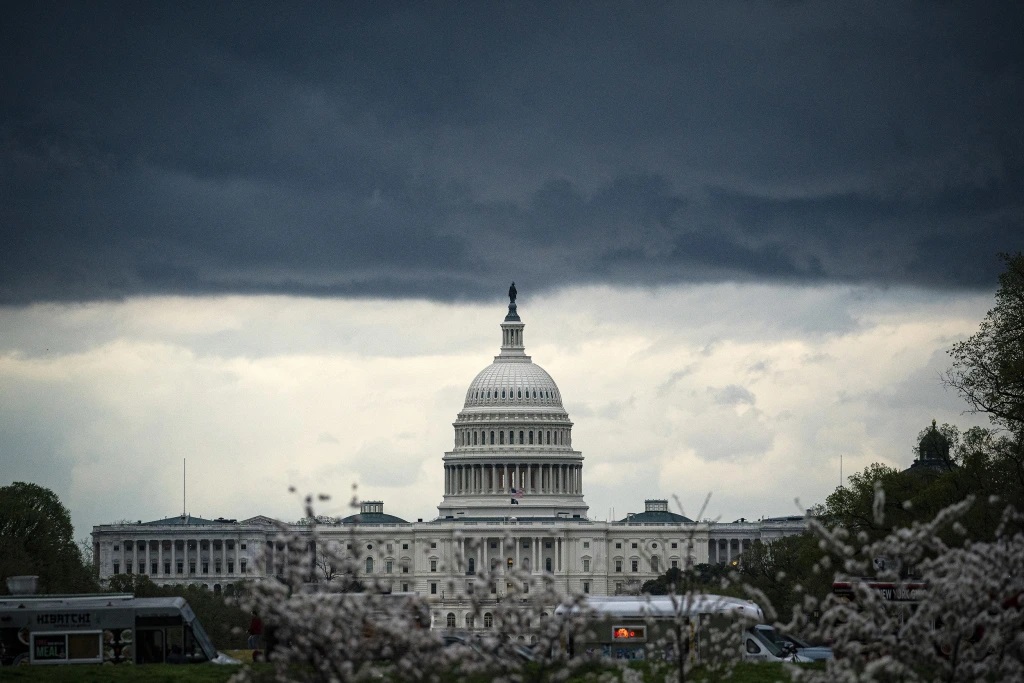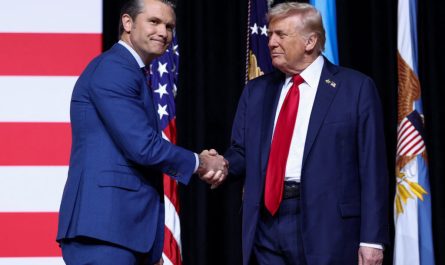Crisis Began on October 1
The United States entered a government shutdown on October 1, 2025, after Congress failed to pass a new budget.
As a result, federal funding was frozen, forcing many agencies to close or operate with reduced staff.
About 900,000 federal employees have been furloughed without pay. Another 700,000 essential workers — including military, air traffic controllers, and health officials — continue to work, but their paychecks are on hold until the shutdown ends.
Congress Still Deadlocked
Talks between Republicans and Democrats remain frozen. Both sides blame each other for the crisis.
Republicans demand sharp spending cuts and changes to healthcare programs. Democrats, meanwhile, insist on a “clean” funding bill without political conditions.
So far, the Senate has failed to reach the 60-vote threshold for temporary funding. The House has also stalled, waiting for the Senate to act.
As time passes, frustration is growing both inside and outside Washington.
Impact on the Economy and Daily Life
The shutdown is affecting millions of Americans. The IRS has halted almost half of its operations. Many federal programs are paused, and private companies that rely on government contracts are losing income.
Economists estimate that the crisis could cost the U.S. economy between $7 and $15 billion per week. Local communities — especially those with large numbers of federal workers — are already seeing lower spending and slower business activity.
In addition, air travel is being disrupted. FAA employees and air traffic controllers are working without pay, which causes longer delays and more stress in airports nationwide.
Back Pay Dispute and Growing Protests
Tension is rising over whether federal employees will receive back pay once the shutdown ends.
The Trump administration has questioned automatic payments that were guaranteed under a 2019 law. It now argues that Congress must approve any retroactive pay directly.
This policy shift has triggered protests across major cities. Thousands of government workers are demanding immediate compensation or at least temporary funding to survive the shutdown.
What Could Happen Next
Experts see a few possible outcomes:
- Short-term deal: Congress could pass a temporary stopgap bill to reopen the government for several weeks.
- Bipartisan compromise: Both parties might agree on new spending limits or healthcare funding adjustments.
- Prolonged standoff: If no deal is reached soon, the shutdown could last for weeks and deepen the economic damage.
So far, none of these paths show clear political support.
Long-Term Risks
The ongoing shutdown is hurting more than just workers. It also weakens national security, slows infrastructure maintenance, and erodes public trust in the government.
Analysts warn this could become the longest and most damaging shutdown in U.S. history if leaders continue to refuse compromise.
Summary:
The United States faces a deepening crisis. Over 1.6 million federal workers remain unpaid, essential services are strained, and billions of dollars vanish each week. Without urgent political action, the shutdown may soon cause long-term harm to the entire U.S. economy.



